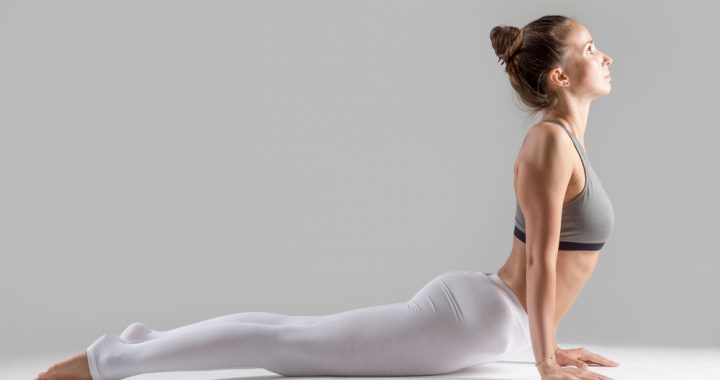Practising this type of yoga produces many benefits at a physical level and helps control thoughts and increase concentration
This style of yoga, which is so well known throughout the world, was created by Sri Dharma Mittra, a teacher and yoga guru who began studying in the 1950s. He’s called “the master of masters” and “the rock of yoga”. On the one hand, his yoga sessions are so spectacular when it comes to his positions and inversions, that even the Cirque du Soleil wanted to sign him on. On the other hand, his graphic with 908 positions has become a reference that can be found in the most prestigious yoga schools around the world and that you can also see hanging on the walls at DiR.
If you go to New York you can attend his classes, where he teaches yoga to his disciples and where he is a world reference for the balance of his teachings and his style, which is inspired by classic Hatha. At YogaOne we are fortunate to have many teachers –Jordi Canela is one of them– who have received the teachings directly from him or from one of his best disciples.
Unblock emotions
In a Dharma class you’ll always find a very solid structure and you’ll identify it especially by the first sequence called Shiva Namaskara, typical of this style, and because the inverted positions or positions on your head are always half way through the practice, instead of at the end like in most types of yoga. When you practice the positions you don’t think of alignment first, but you offer them and use them as a living prayer. That’s why we say that it’s a type of yoga where you’ll find many positions that open the fourth chakra (the energy centre located in the centre of the chest) in order to unblock the emotions and feelings and make you feel more loving and affectionate.
The 6 key positions of Dharma Yoga
Sri Dharma Mittra talks about the six mother positions of yoga that are the foundations on which the practice of Hatha Yoga is based, variations of the same asanas you’ll find in every Dharma class. These positions produce benefits such as improved concentration, increased energy and thought strength; there are inverted positions to focus attention and align the back; and others that are specially designed to tone internal organs and increase blood flow and oxygenation in the whole body.
- Padma sana (lotus). Stretch up while sitting. It’s the mother position of alignment and the most beneficial to concentrate and meditate. Benefits: It reduces leg stiffness, tones the lower back, spine, abdomen and abdominal organs. It’s relaxing and because your back is aligned, it helps you focus. It’s ideal for the practice of Pranayama (breathing), Dharana (concentration) and Dhyana (meditation).
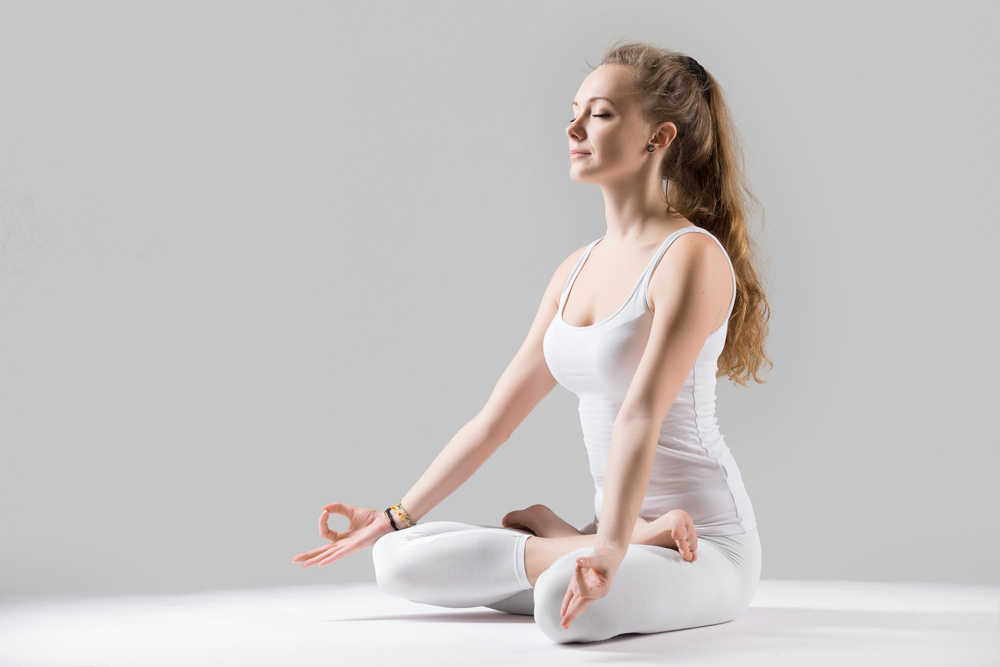
- Paschimottanasana (stretching to the west). Stretching the back forwards, where our energy channels are. It’s the position that guides all forward bends. It lengthens the entire back of the body. Benefits: It tones the abdominal organs, the kidneys, rejuvenates the entire spine and improves digestion. It helps the mind rest and by stretching the pelvis and improving the flow of oxygenated blood, it increases energy levels and regulates sexual functions.
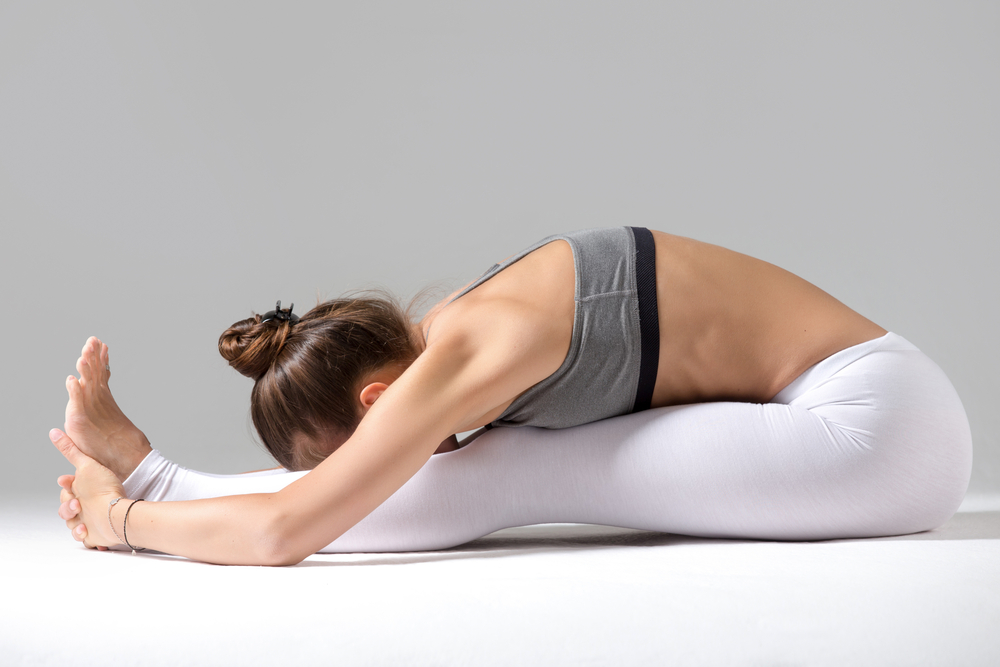
- Bhujangasana (cobra). Lying on the ground face down, stretch your torso by stretching your head back like a cobra that’s about to attack. It guides every bend backwards. Benefits: It opens the thorax and relieves back pain. It’s very healthy for the kidneys and internal organs and a good remedy for insomnia.
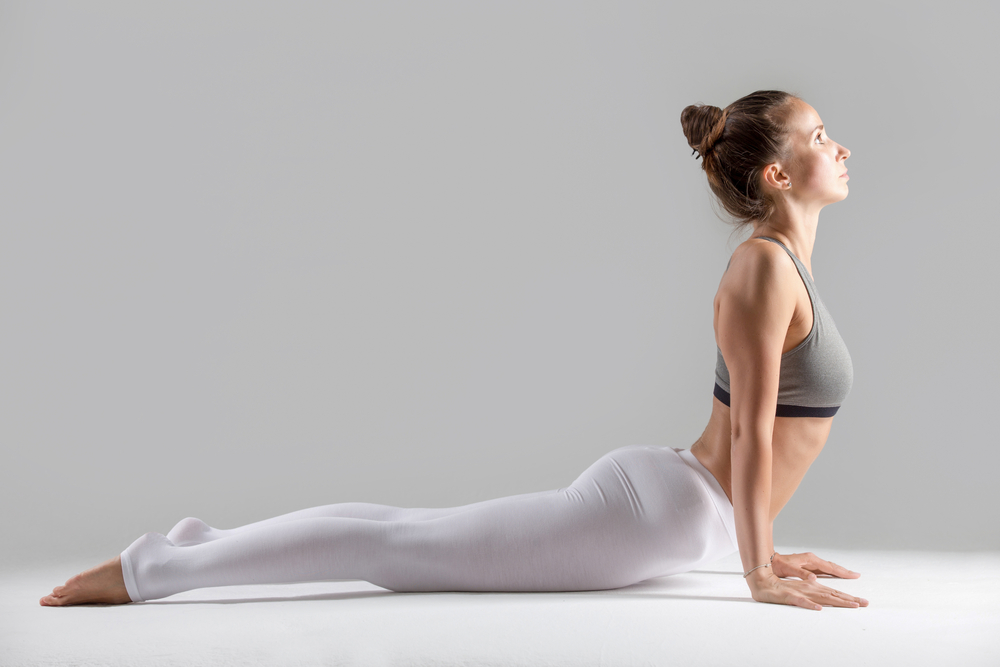
- Sirshasana (inversion on your head). Ancient books consider this inversion the king of all asanas. Benefits: It provides serenity, confidence and physical and mental balance as it improves the flow of oxygenated blood through the brain cells. It nourishes the pituitary and pineal glands. It stimulates mental abilities and thought strength. It’s ideal against memory loss, insomnia, constipation and colds.
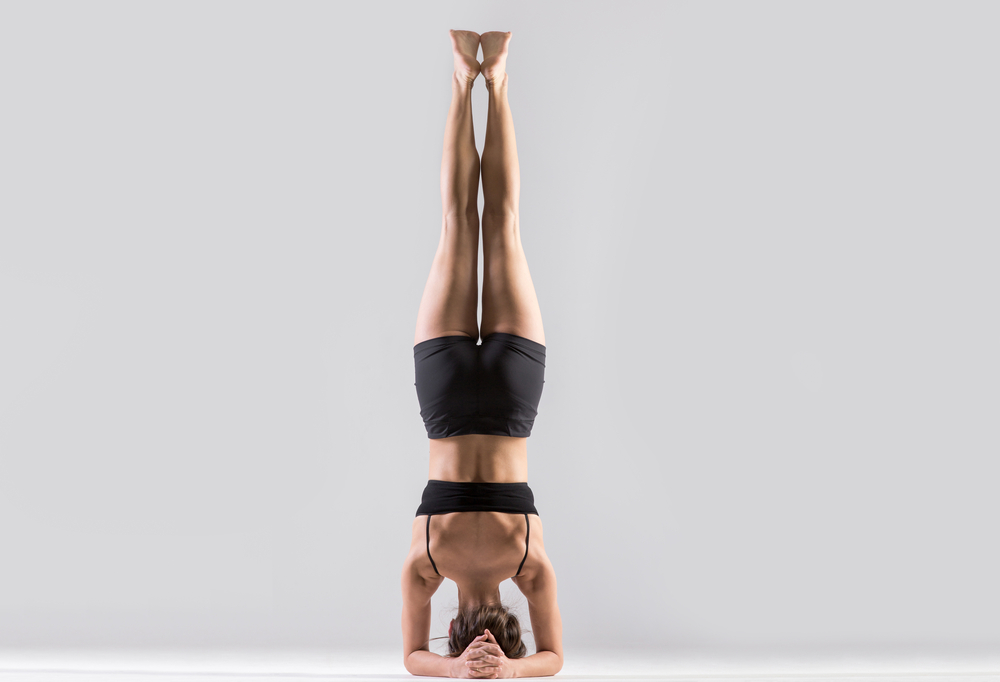
- Sarvangasana (candle). An inversion lying on your back; the great masters have called it the mother of positions. Benefits: It keeps the body young. It favours the endocrine system and especially benefits the thyroid and parathyroid glands. It helps reduce asthma, bronchitis, colds, constipation and menstrual cycle disorders. It brings a sense of calmness.
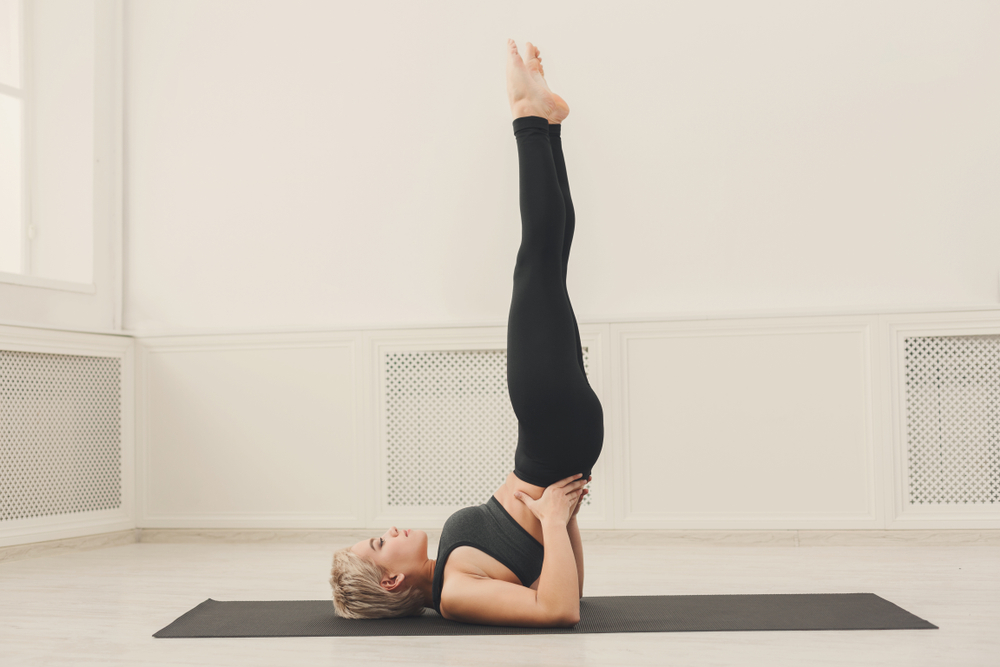
- Ardha Matsyendrasana (lateral twist). Spiral rotation of the spine. It’s the mother position that guides all spine twists. Benefits: It’s a beneficial massage for the abdominal organs, liver, spleen and other internal organs, especially the colon. It intensely benefits the spine in rotating each and every one of the vertebrae. It helps reduce the size of the abdomen.
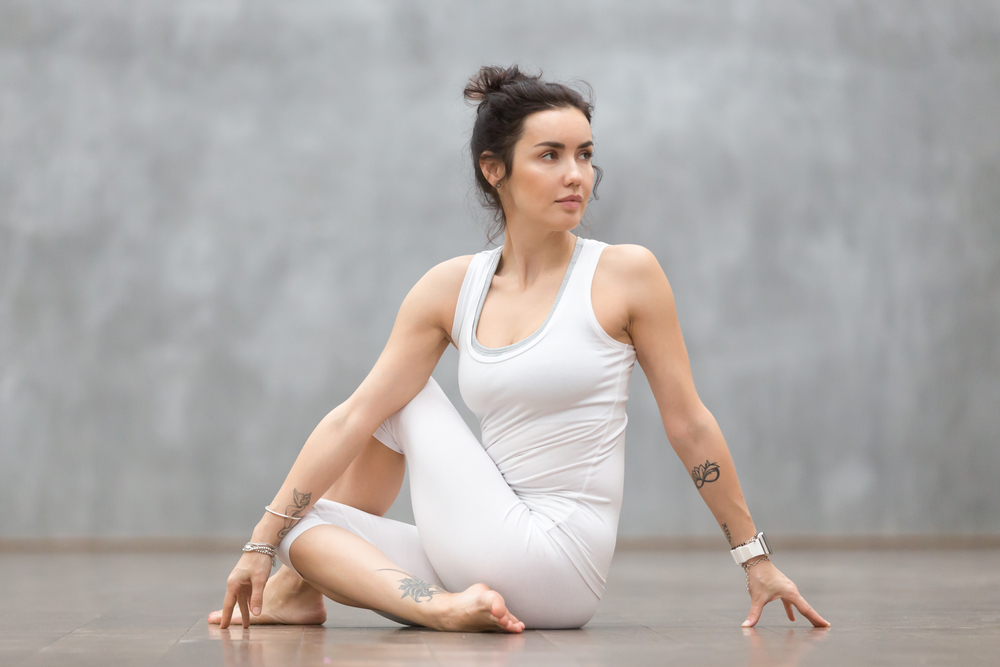
We invite you to try the Dharma sequence at YogaOne, where you’ll find different levels, from beginner to advanced, with really complex positions. And if you follow the practice patiently and with perseverance, you’ll see how you experience an important physical, mental and spiritual transformation. You can request a free session through this link.
